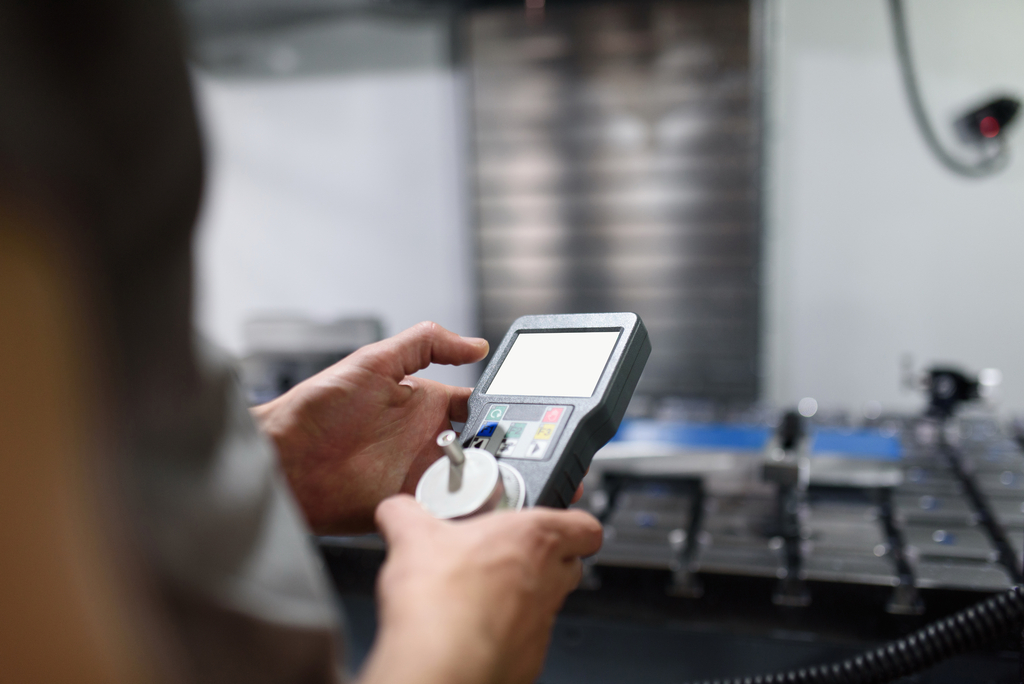Minimize electromagnetic interference and
Ensuring communication quality
Complies with FCC standards to prevent radio interference between devices and ensure stable communication.


We support the evaluation and verification of compliance with each country’s technical requirements through product testing, inspection, and certification services.
The primary purpose of FCC certification is to ensure regulatory compliance and product quality and safety within the United States.
FCC certification is intended to regulate electronic devices so that they do not interfere with surrounding equipment and communications.
This ensures user safety and enables the product to enter the US market.
Selling without certification risks fines and product recalls.
FCC certification is implemented under Title 47, Code of Federal Regulations, a U.S. federal law.
The main certification scope includes wireless devices, IT devices, and electromagnetic wave emitting devices, and representative examples include Part 15 and Part 18.
FCC certification is issued after testing is performed by an authorized testing agency and an FCC ID is issued after an examination by a TCB, an authorized certification agency designated by the FCC.
Intentional Radiator (RF, RF Exposure)
Unintentional Radiator (EMI)
Issuance of approval through TCB (Certified Approval Body),How to obtain an FCC ID
Wireless transmitters and receivers (Wi-Fi, Bluetooth, LTE, RFID, etc.)
Application for certification

Test progress

Authentication application

Certificate issuance
The manufacturer declares conformity after its own testing,FCC ID is not assigned
wired devices, digital equipment
Application for certification

Test progress

Issuance of test results